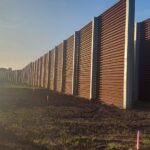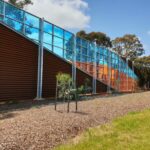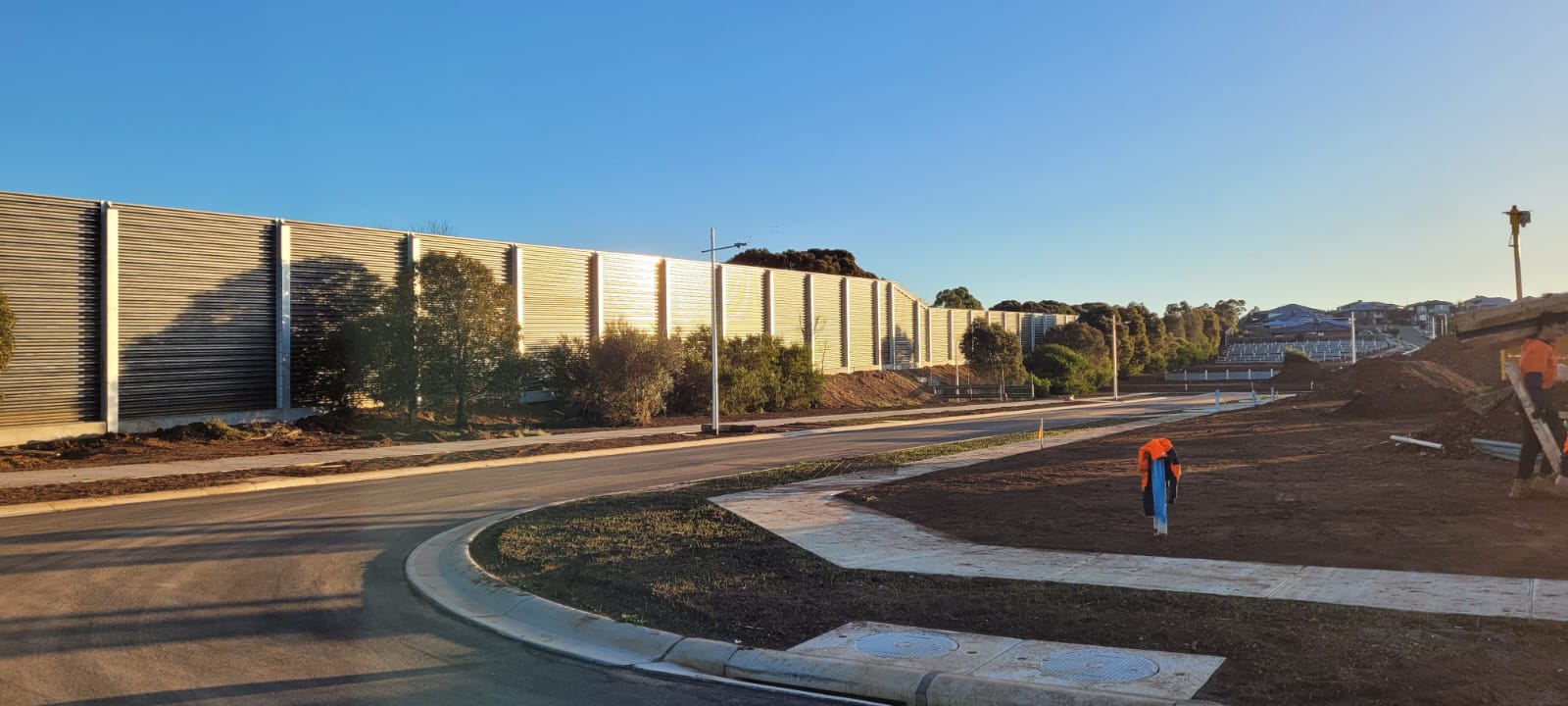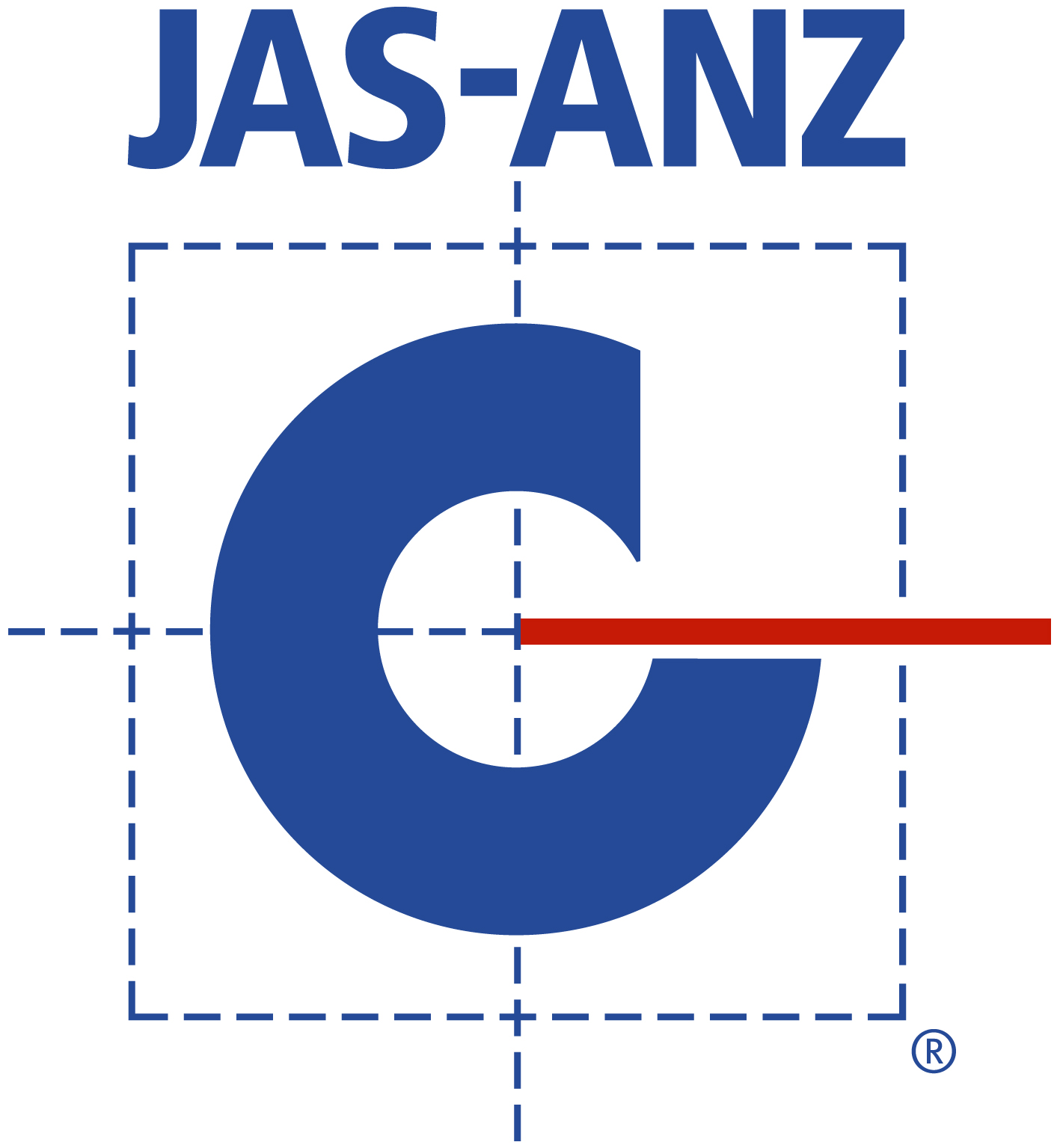Commercial retaining walls are some of the most essential structures in construction, providing crucial support and stability in various settings. From highway embankments to commercial developments, retaining walls serve a multitude of purposes, including soil stabilisation, erosion control, and creating usable land space. Because of their importance, the process of designing and constructing commercial retaining walls can seem daunting and complex. However, with the right approach, one is able to take all the difficulty out of these types of projects. In this article, we’ll simplify the process and offer valuable insights to streamline each function from design to completion.
The purpose of commercial retaining walls
At their core, commercial retaining walls are engineered structures designed to hold back soil and prevent erosion, particularly on sloped terrain. By retaining soil and controlling water runoff, these walls help maintain the integrity of adjacent structures, roads, and landscapes. In commercial settings, retaining walls are commonly used to create level building sites, support vertical grade changes, and enhance landscaping aesthetics. To simplify the building process as much as possible, understanding the specific needs and challenges of each project site is crucial.
Planning and design
Streamlining a commercial retaining wall project begins with careful planning and meticulous design. Site assessments are the first step towards a simplified process. They are carried out to evaluate soil conditions, drainage patterns, and load-bearing requirements, providing essential data for engineers and designers and significantly mitigating the chance of error later on in the project. Based on this information, the most suitable type of retaining wall is selected, taking into account factors such as wall height, slope angle, and soil composition. Collaboration between project stakeholders, including engineers, architects, and landscape designers, ensures that the final design meets both functional and aesthetic requirements and further streamlines the process.
Compliance and permits
Navigating the regulatory aspect of commercial building is an important aspect of retaining wall construction. Depending on the project location and scope, various permits and approvals may be required from local authorities and environmental agencies. Compliance with building codes, zoning regulations, and environmental standards is essential to ensure project legality and safety. Partnering with experienced professionals who understand the regulatory requirements can streamline the permitting process and prevent costly delays or setbacks.
Material selection and construction technique
The choice of materials and construction techniques significantly influences the performance and longevity of commercial retaining walls. It also affects the timeline and complexity of the project itself. Common materials used in retaining wall construction include Wood sleepers, Masonary (such as stone or brick) and concrete.
Wallmark Panels are designed for freestanding retaining walls, or integration into boundary fences. Considering their strength, these panels are lightweight and easy to install and can be used over a diverse range of environments, streamlining building processes and offering ease as well as efficiency.
Contractor selection and project management
Selecting the right contractor is paramount to the success of any commercial retaining wall project. Experienced contractors with a proven track record in retaining wall construction bring valuable expertise, technical know-how, and project management skills to the table. When evaluating potential contractors, consider factors such as:
- Experience
- Qualifications
- Certifications
- References from past clients
Effective project management, clear communication, and adherence to timelines and budgets are essential for project success. Stakeholder communication is directly proportionate to the efficiency of the project.
Simplifying the process
Commercial retaining walls are integral components of modern construction, providing essential support, stability, and erosion control in various settings. The designing and constructing of retaining walls can be significantly simplified through proper planning, collaboration with experienced professionals, and adherence to regulatory requirements.
Wallmark is an expert in designing and constructing tailored retaining wall panels to improve structural stability in any environment. Our RetainX and Concrete panels are suitable for various commercial settings, including highway noise mitigation and commercial perimeter walls. Whether used independently as retaining walls or incorporated into commercial noise barriers, our panels offer flexibility to meet any acoustic need. Get in touch with a member of our team and let us find the perfect retaining wall solution for your project.








